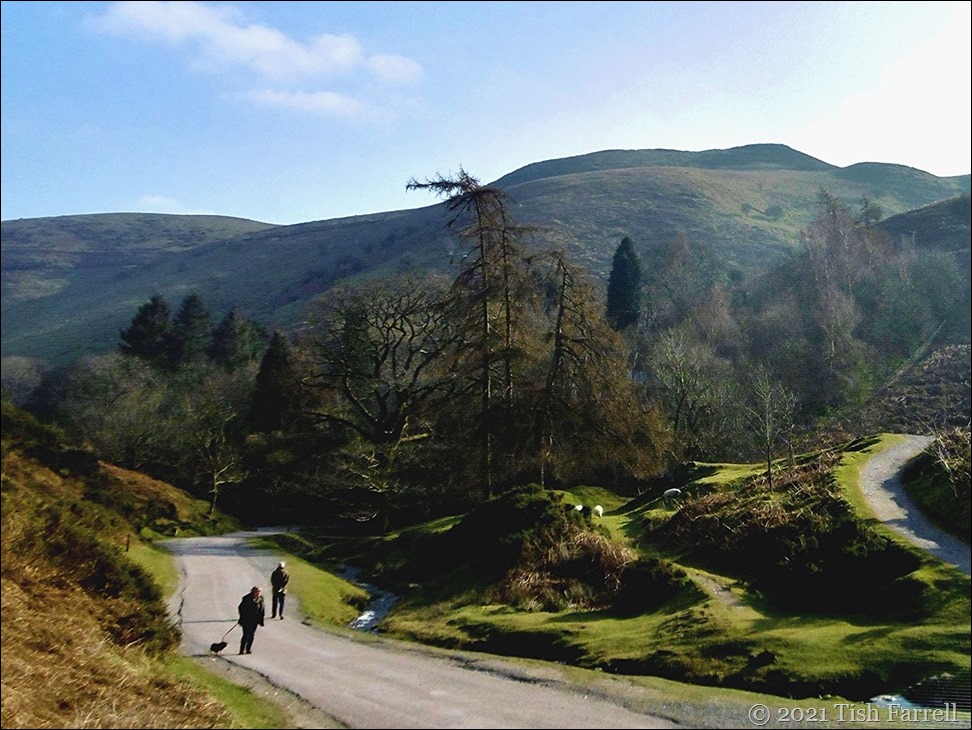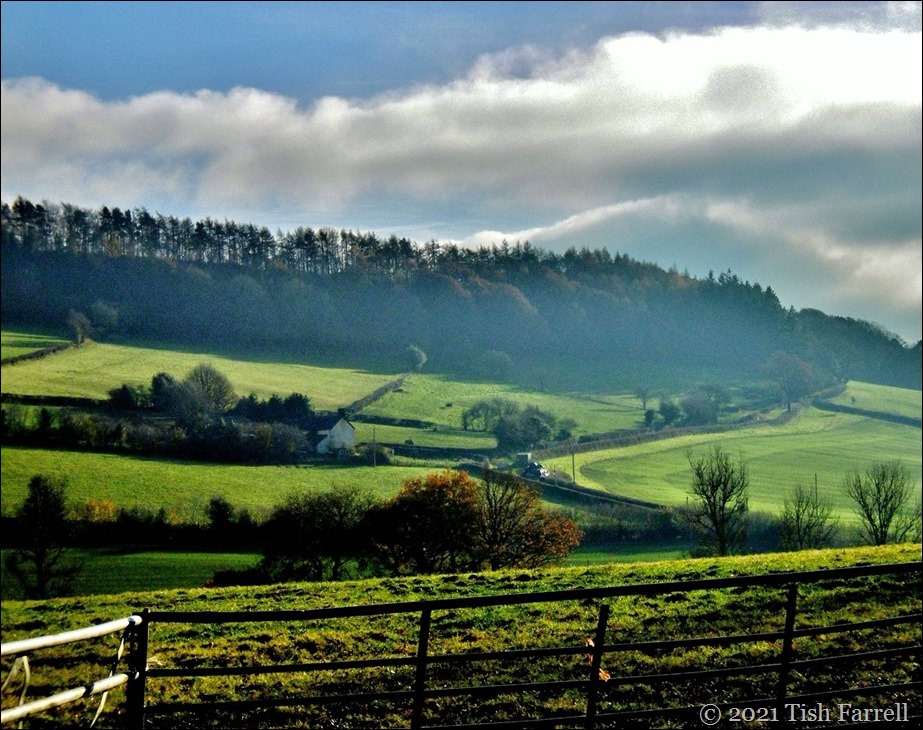
We’ve gone Mediterranean in Wenlock this week with temperatures hitting a surprising 30 degrees C. Here is this morning’s view of Townsend Meadow and the well ripening barley, caught as I was heading for the allotment on a pea and raspberry-picking mission.
I don’t seem to have written much about my allotment garden so far this year, even though it is my essential ‘get-away-from-it-all’ space and somewhere I go to most days. Best of all, it is only five minute walk along the field path from the house, yet it is quite a world of its own where there are now-and-then quiet exchanges with fellow gardeners, or sometimes no one else there at all.

Anyway now is suddenly the season of concerted picking and consumption (peas, strawberries, new potatoes, cauliflowers, broad beans, beetroot, carrots, lettuce, onions, globe artichokes, Sun Gold tomatoes, courgettes); and also the moment when many crops are shifting gear towards later production mode: French, butter and runner beans, sweet corn, cabbages, parsnips, leeks, purple sprouting. All of which means there is much change in Farrell eating habits (another kind of getting away) as produce dictates meal content. Today, for instance, we had globe artichokes for lunch with garlic butter – and so we might well have been in France. Later we’ll have new potatoes with steamed broad beans, peas, and crispy bacon lardons. There may well be strawberries too.





*
This year I’m growing a late variety of runner beans not tried before. Today the blossom was just opening – a lovely shade of pale apricot. It’s aptly named Sunset. 
I also have a row of Firestorm growing beside the polytunnel. That bean blossom is also living up to its name:

Another newcomer on the plot this year: round courgettes (zucchini)…

*
And here’s the Sweet Corn being rather Incredible too – a variety not tried before:

*
I also have flowers on my plots: some that bring themselves like pot marigolds, purple toadflax, the pale pink musk mallow, and others I have grown from seed e.g. Verbascum Wedding Candles (2nd photo from top) and detail in the next shot:




And what with all the flowers, vegetable and otherwise, the place is humming with bees and hover flies. Also this morning in the heat there were scents of strawberry jam (as the fruit began to simmer on the plants) and high octane rose and sweet pea scents as the volatile oils filled the air. I kicked off my gardening clogs and went up and down the grassy paths barefoot, variously harvesting and filling water butts and watering cans, soaking myself in the process. It was blissful. Then I went back through the barley field to he who is still trying to construct a greenhouse, even though the right glass has not yet been delivered. Instead we podded a big bag full of peas and beans. Harvest home!

Lens-Artists: Getting Away
Bert and Rusha at Oh, the Places We See have posed this week’s challenge.



























































